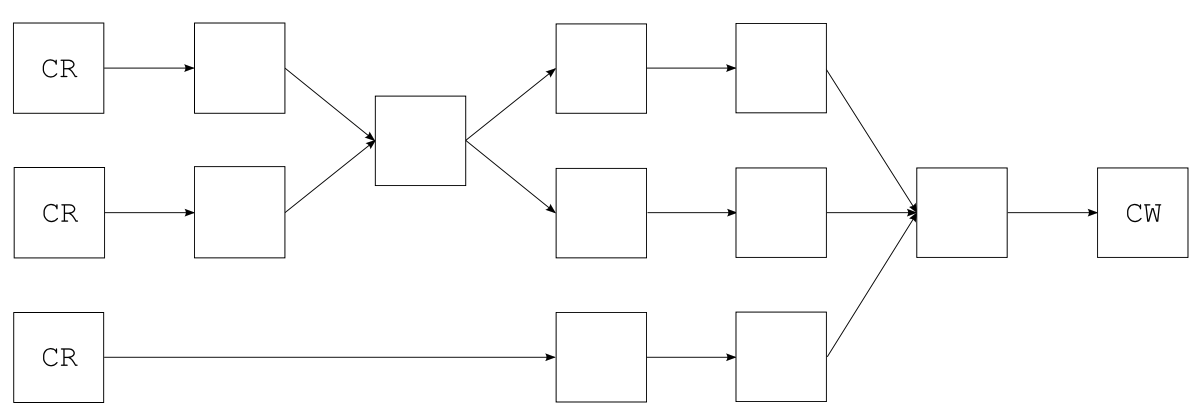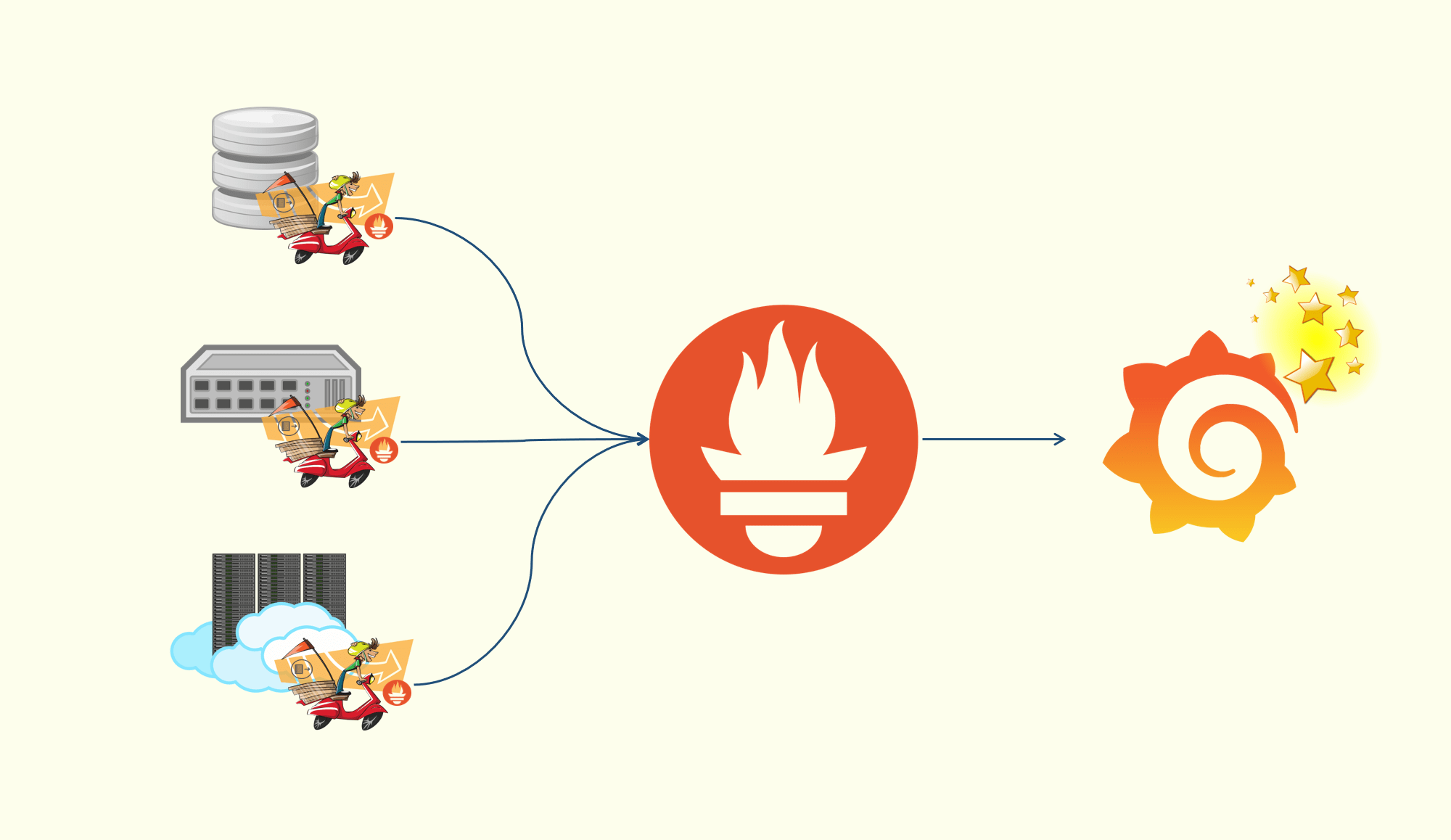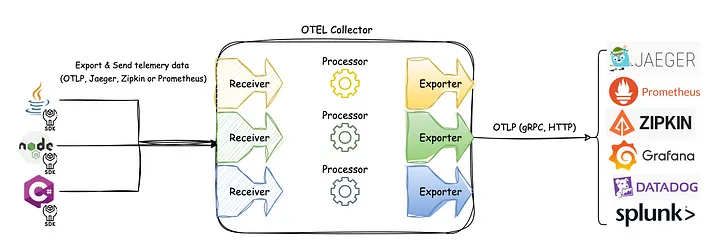ASM - Introduction
Glance
- ASM is an all purpose Java bytecode manipulation and analysis framework.
- It can be used to modify existing classes or to dynamically generate classes, directly in binary form.
- ASM provides some common bytecode transformations and analysis algorithms from which custom complex transformations and code analysis tools can be built.
- ASM offers similar functionality as other Java bytecode frameworks, but is focused on performance.
- Because it was designed and implemented to be as small and as fast as possible, it is well suited for use in dynamic systems (but can of course be used in a static way too, e.g. in compilers).
Introduction
Motivations
Situations
- Program analysis
- which can range from a simple syntaxic parsing to a full semantic analysis, can be used to find potential bugs in applications, to detect unused code, to reverse engineer code, etc.
- Program generation
- is used in compilers. This include traditional compilers, but also stub or skeleton compilers used for distributed programming, Just in Time compilers, etc.
- Program transformation
- can be used to optimize or obfuscate programs, to insert debugging or performance monitoring code into applications, for aspect oriented programming, etc.
Advantages of working on compiled classes
- The source code is not needed.
- Program transformations can therefore be used on any applications, including closed source and commercial ones.
- It becomes possible to analyze, generate or transform classes at runtime.
- Tools such as stub compilers or aspect weavers become transparent to users.
ASM
- ASM is designed for runtime – but also offline – class generation and transformation.
- The ASM library was therefore designed to work on compiled Java classes.
- It was also designed to be as fast and as small as possible.
- Being as fast as possible is important in order not to slow down too much the applications that use ASM at runtime, for dynamic class generation or transformation.
- And being as small as possible is important in order to be used in memory constrained environments, and to avoid bloating the size of small applications or libraries using ASM.
Overview
Scope
- The goal of the ASM library is to generate, transform and analyze compiled Java classes, represented as byte arrays (as they are stored on disk and loaded in the Java Virtual Machine).
- For this purpose ASM provides tools to read, write and transform such byte arrays by using higher level concepts than bytes.
- Note that the scope of the ASM library is strictly limited to reading, writing, transforming and analyzing classes.
- In particular the class loading process is out of scope.
Model
- The ASM library provides two APIs for generating and transforming compiled classes
- the core API provides an event based representation of classes
- the tree API provides an object based representation of classes
- event based
- With the event based model a class is represented with a sequence of events, each event representing an element of the class, such as its header, a field, a method declaration, an instruction, etc.
- The event based API defines the set of possible events and the order in which they must occur
- and provides a class parser that generates one event per element that is parsed
- class parser: element -> event
- as well as a class writer that generates compiled classes from sequences of such events.
- class writer: events -> class
- and provides a class parser that generates one event per element that is parsed
- object based
- With the object based model a class is represented with a tree of objects, each object representing a part of the class, such as the class itself, a field, a method, an instruction, etc. and each object having references to the objects that represent its constituents.
- The object based API is built on top of the event based API.
- The object based API provides a way to convert a sequence of events representing a class to the object tree representing the same class and, vice versa, to convert an object tree to the equivalent event sequence.
- ASM provides both APIs because there is no best API.
- The event based API is faster and requires less memory than the object based API, since there is no need to create and store in memory a tree of objects representing the class.
- However implementing class transformations can be more difficult with the event based API, since only one element of the class is available at any given time (the element that corresponds to the current event), while the whole class is available in memory with the object based API.
- Note that the two APIs manage only one class at a time, and independently of the others
- no information about the class hierarchy is maintained, and if a class transformation affects other classes, it is up to the user to modify these other classes.
Architecture
- event based
- Indeed the event based API is organized around event producers (the class parser), event consumers (the class writer) and various predefined event filters, to which user defined producers, consumers and filters can be added.
- Two step process
- assembling event producer, filter and consumer components into possibly complex architectures.
- and then starting the event producers to run the generation or transformation process.
- object based
- Indeed class generator or transformer components that operate on object trees can be composed, the links between them representing the order of transformations.
Organization
- core API
- asm
- **the
org.objectweb.asmandorg.objectweb.asm.signaturepackages define the event based API and provide the class parser and writer components.
- **the
- asm-util
- the
org.objectweb.asm.utilpackage, provides various tools based on the core API that can be used during the development and debuging of ASM applications.
- the
- asm-commons
- the
org.objectweb.asm.commonspackage provides several useful predefined class transformers, mostly based on the core API.
- the
- asm
- tree API
- asm-tree
- the
org.objectweb.asm.treepackage, defines the object based API, and provides tools to convert between the event based and the object based representations.
- the
- asm-analysis
- the
org.objectweb.asm.tree.analysispackage provides a class analysis framework and several predefined class analyzers, based on the tree API.
- the
- asm-tree
Reference
All articles on this blog are licensed under CC BY-NC-SA 4.0 unless otherwise stated.












